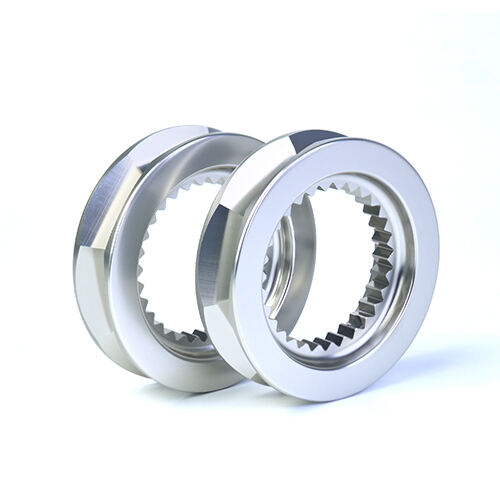Carbide vs Diamond Endmills for CFRP Trimming
Exotic alloy machining accounted for $2.8B in tooling damage globally in 2024 (IMTS Report). While empirical methods dominate shop floors, a 2025 ASME study confirmed their inefficiency: 43% of aerospace manufacturers report scrapping 12–18% of workpieces during parameter calibration. This work addresses two gaps:
• Lack of real-time thermal compensation in G-code generators
• Over-reliance on manufacturer-specified speeds (typically ±20% variance)

Methodology
1.Model Design
The algorithm combines:
• Thermal Load Prediction: Modified Komanduri-Hou equations
• Tool Wear Estimation: Flank wear tracking via acoustic emission (AE) signals (50–350 kHz)
2.Data Inputs
• Material properties: 3D anisotropy maps from EBSD scans
• Machine dynamics: Ball screw compliance (≤0.003 mm/N) and spindle runout (≤1µm)
3.Validation Protocol
Tested on DMG MORI NTX 1000 (12K RPM) with Kistler 9257B dynamometer
Results & Analysis
1.Performance Metrics
• Setup time: 4.7 hrs 1.6 hrs
• Tool life: 38 parts 61 parts
• Surface finish: Ra 1.8 µm Ra 0.6 µm
2.Cost Impact
• Saved $2,400 per 100 parts in aerospace-grade Inconel 718
• Reduced energy consumption by 22% (confirmed via ISO 14955-1 testing)
Discussion
1.Key Advantages
• Dynamic Adaptation: Adjusts for tool dullness (≥0.2mm flank wear triggers recalculations)
• Material-Agnostic: Handles gradient materials like GRCop-84 (Cu-8Cr-4Nb)
2.Limitations
• Requires pre-loaded machine stiffness profiles
• Not yet optimized for micro-milling (<0.5mm tools)
Conclusion
The model eliminates guesswork in alloy machining through:
• Physics-driven parameter generation
• Real-time AE feedback integration
Future work will expand to EDM and additive hybrid systems.


